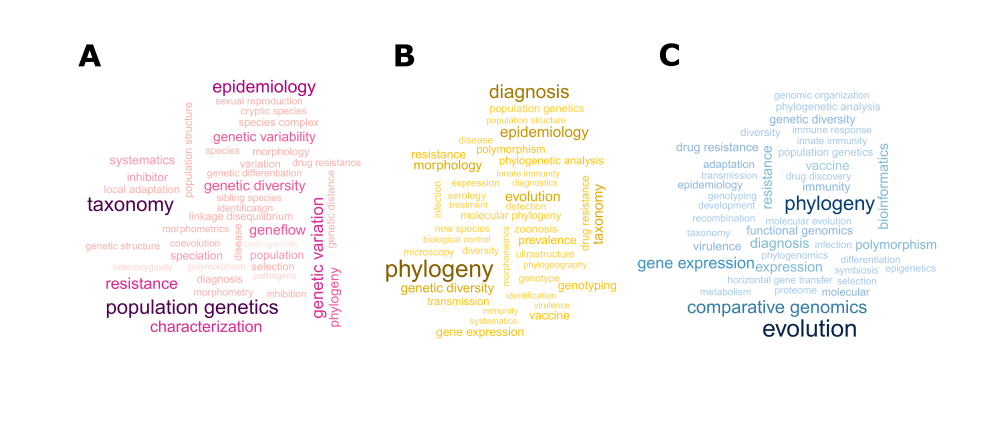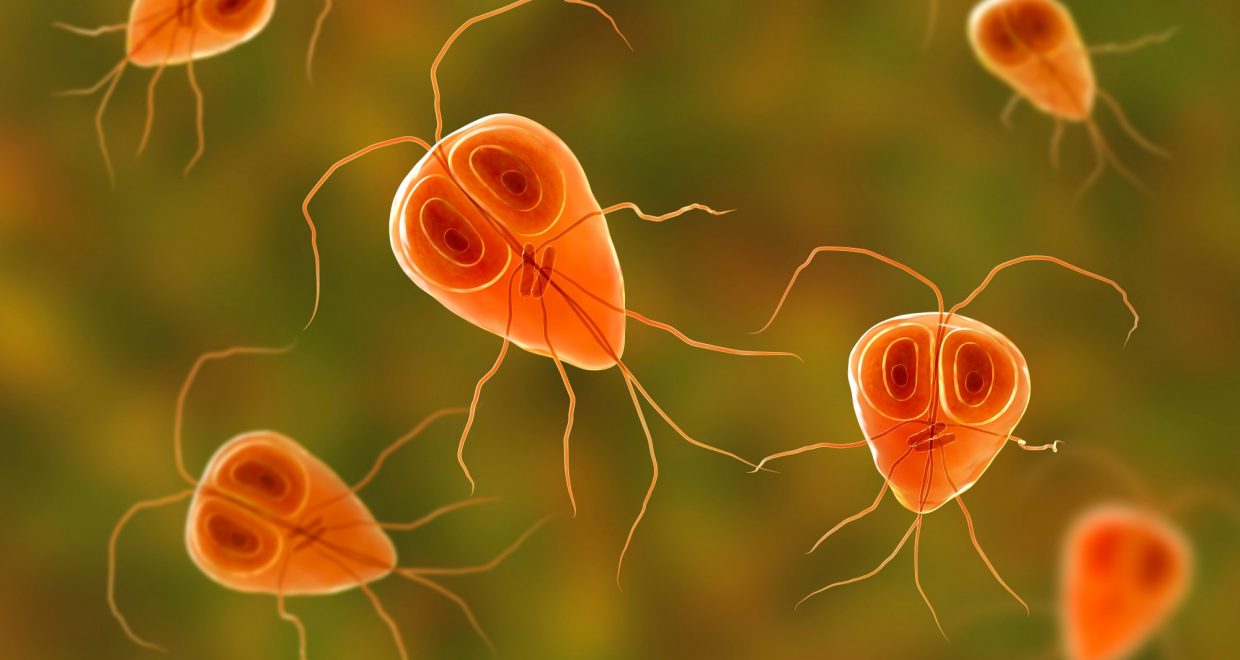Parasitological research in the molecular age
The latest Paper of the Month for Parasitology is ‘Parasitological research in the molecular age‘ by Christian Selbach, Fátima Jorge, Eddy Dowle & Robert Poulin
Technological developments often provide new tools for scientific advances. For example, the last several decades have seen the rapid development of molecular technologies as a means to explore the genetic basis of life, and molecular methods now play an integral part in scientific fields ranging from evolutionary biology, taxonomy, ecology, developmental biology, immunology to medicine. Parasites comprise nearly half of all living species and have huge socio-economic and health impacts across the world. When new research tools become available, one would thus expect them to be applied to parasites no later than, and as frequently as, they are applied to non-parasites. But is this really the case?
In this review, we look at the publication trends in the scientific literature to answer this crucial question. In particular, we analysed whether new molecular tools are incorporated at the same time in parasite and non-parasite research. Within parasite research we compared how much of the e arly adoption of these tools are driven by medically important taxa. Moreover, we examined how research on parasites has evolved with the development of new molecular methods over time.
Our results show that despite their great diversity as well as ecological and medical importance, the total number of studies on parasitic organisms constitutes less than 5% of the total research output across all molecular periods. Medically relevant parasites, in particular protists (such as Plasmodium species that cause malaria), dominate parasitology research and studies on non-human parasites only appear in significant numbers after a delay of several years. Overall, our analysis suggests an increasing complexity of topics and research questions being addressed with the development of more sophisticated molecular tools, with the research focus shifting from predominantly species discovery to broader theory-focused questions (see Figure 1.1).
We conclude that both new and older molecular methods offer powerful tools for research on parasites, including their diverse roles in ecosystems and their relevance as human pathogens. While older methods will continue to feature in the molecular toolbox of parasitologists for years to come, we encourage parasitologists to be more responsive to new approaches that provide the tools to address broader questions. Novel approaches and methods need to infiltrate parasitological research faster than they have for the field to meet its future challenges, from making headway with the discovery of new parasite species to the mitigation of their impact on human health.
Figure 1 .2. Word clouds highlighting the most common research fields in the individual molecular periods. (A) Allozyme period; (B) nucleotide period; (C) genomics period. The more frequently a term is used in the keywords, the larger and darker it is shown in the word cloud.

Figure 2 The data collection and analyses for this overview were conducted as part of a two-day research and writing workshop by the Evolutionary and Ecological Parasitology Research Group at the University of Otago, New Zealand.

Parasitological research in the molecular age is freely available until 19th September 2019





